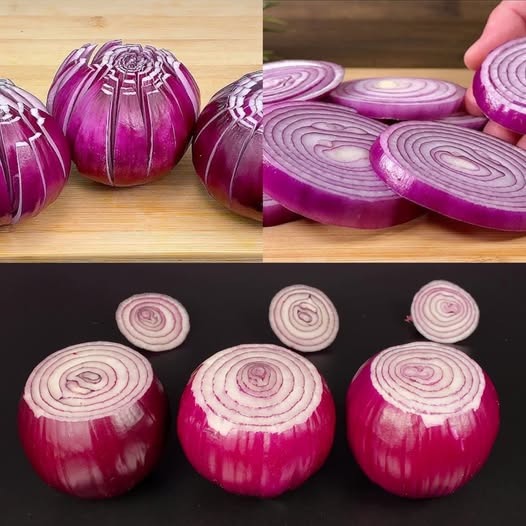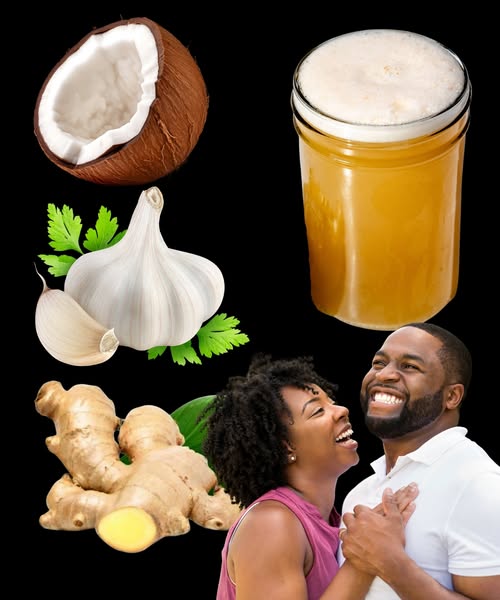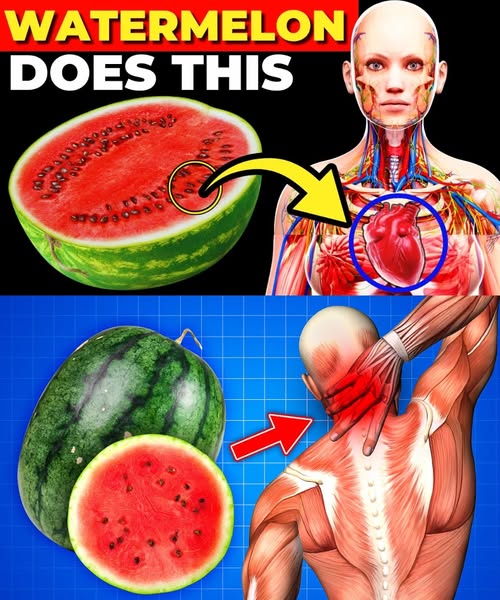Introduction: The Urgent Need for Natural Blood Sugar Control

Millions of people worldwide battle with high blood sugar every day. According to the International Diabetes Federation, over 537 million adults globally have diabetes—a number projected to soar to 643 million by 2030. High blood sugar isn’t just a statistic; it’s a daily struggle that can lead to nerve damage, kidney failure, blindness, and heart disease.
Doctors emphasize that lifestyle and diet changes are among the most powerful, sustainable tools for blood sugar management. But here’s the surprising truth: certain vegetables have clinically proven abilities to lower blood sugar immediately and help regulate it over time.
Imagine discovering a basket of everyday vegetables that act as nature’s medicine—no side effects, no hidden risks, just real, powerful results. This article reveals seven science-backed vegetables that can make an immediate impact on your blood sugar levels. Incorporate them today, and you’ll thank yourself tomorrow.
Let’s explore these life-changing, readily available, and often overlooked superfoods that can transform your health—and potentially your entire future.
Why Should You Care? The Hidden Dangers of Uncontrolled Blood Sugar
Before diving into these vegetables, let’s be clear on why this matters:
- Silent Damage: High blood sugar often damages organs quietly, without early symptoms.
- Expensive Treatment: Diabetes-related healthcare costs exceed $966 billion globally each year.
- Quality of Life: Constant monitoring, worry, and dietary restrictions impact your freedom and happiness.
A small dietary change can be the difference between complications and control. This is where these powerful vegetables come in.
1. Bitter Melon: The Undisputed Champion for Blood Sugar Control
Why it’s a Treasure:
Bitter melon (Momordica charantia) isn’t just a culinary ingredient in Asia and Africa. It’s practically nature’s insulin. Multiple studies confirm it can lower fasting and post-meal blood sugar.
✅ Contains charantin and polypeptide-p, compounds with hypoglycemic effects.
✅ Mimics insulin’s role, helping cells absorb glucose.
✅ Reduces glucose production in the liver.
How to Use It:
- Juice it for a potent daily tonic.
- Stir-fry with onions and garlic.
- Steep as a herbal tea.
Stat Alert: A meta-analysis in 2018 found bitter melon significantly reduces HbA1c (a long-term blood sugar marker) in type 2 diabetics.
2. Okra: The Slimy Secret Weapon
Why it’s a Treasure:
Okra’s gel-like mucilage acts like a sponge in your digestive tract, slowing sugar absorption and preventing spikes.
✅ Rich in soluble fiber.
✅ Contains antioxidants that fight inflammation—an underappreciated driver of insulin resistance.
✅ May protect pancreatic beta cells.
How to Use It:
- Slice raw okra and soak overnight for “okra water.”
- Add to stews and soups.
- Roast with olive oil for a crispy snack.
Expert Tip: Soaking okra overnight and drinking the water is a popular folk remedy increasingly backed by modern research.
3. Spinach: The Green Powerhouse
Why it’s a Treasure:
Spinach isn’t just for Popeye. It’s packed with magnesium—a mineral essential for glucose metabolism.
✅ Magnesium deficiency is linked to insulin resistance.
✅ Low-calorie but nutrient-dense, keeping you full without sugar spikes.
✅ Contains alpha-lipoic acid (ALA), an antioxidant studied for blood sugar control.
How to Use It:
- Blend in smoothies.
- Steam lightly as a side dish.
- Sauté with garlic for a delicious, low-carb meal.
FAQ: Is frozen spinach as good as fresh? – Yes! Nutrients are well-preserved, and it’s convenient year-round.
4. Broccoli: The Sulforaphane Superstar
Why it’s a Treasure:
Broccoli is clinically proven to reduce blood sugar, thanks largely to sulforaphane—a potent compound formed when chewing or chopping.
✅ Lowers blood sugar by reducing liver glucose production.
✅ Improves insulin sensitivity.
✅ Fights oxidative stress, protecting blood vessels.
How to Use It:
- Steam lightly to preserve nutrients.
- Blend raw broccoli sprouts into smoothies for maximum sulforaphane.
- Toss with olive oil and roast.
Stat Alert: A 2017 study found broccoli sprout extract reduced fasting blood sugar by up to 10% in type 2 diabetics.
5. Carrots: The Sweet Surprise with Low Glycemic Impact
Why it’s a Treasure:
Many people avoid carrots fearing sugar content. In reality, carrots have a low glycemic index (GI ~39), making them blood-sugar friendly.
✅ Packed with beta-carotene and antioxidants.
✅ High in fiber to slow glucose absorption.
✅ Support healthy gut microbiota—key for metabolic health.
How to Use It:
- Snack raw with hummus.
- Grate into salads.
- Roast with spices for a sweet-savory side.
FAQ: Do cooked carrots raise blood sugar more? – Slightly, but they remain low-GI and very healthy.
6. Cabbage: The Budget-Friendly Anti-Diabetes Ally
Why it’s a Treasure:
Cabbage is cheap, accessible, and loaded with anti-diabetic potential.
✅ Rich in anthocyanins linked to reduced type 2 diabetes risk.
✅ Supports weight loss—critical for blood sugar control.
✅ High in fiber and water for satiety.
How to Use It:
- Ferment into sauerkraut for probiotic benefits.
- Add to soups and stir-fries.
- Enjoy raw in crunchy salads.
FAQ: Is red cabbage better? – Red cabbage contains more anthocyanins and is a fantastic choice.
7. Green Beans: The Versatile, Low-Carb Staple
Why it’s a Treasure:
Green beans offer a low-carb, high-fiber solution perfect for blood sugar stability.
✅ Low GI (15–30 depending on prep).
✅ Packed with chromium, a mineral supporting insulin function.
✅ Satiating but low in calories, ideal for weight management.
How to Use It:
- Steam or blanch quickly to preserve color and nutrients.
- Stir-fry with garlic and chili for a spicy kick.
- Add to casseroles or salads for crunch.
Frequently Asked Questions
Q: Can vegetables alone control diabetes?
A: Vegetables are crucial but work best with an overall healthy diet, exercise, weight management, and medical advice.
Q: How fast can these vegetables lower blood sugar?
A: Effects can be noticeable immediately in post-meal glucose readings, but consistent use is key for long-term benefits.
Q: Are there any risks?
A: Generally safe, but consult your doctor if on blood sugar-lowering medication to avoid hypoglycemia.
Q: What’s the best way to prepare these vegetables?
A: Minimal cooking preserves nutrients. Steaming, sautéing, and raw preparations are excellent.
Q: Can these help prediabetes?
A: Absolutely. A diet rich in these vegetables can help reverse or prevent progression to diabetes.
Bonus Section: The Power of Combining These Vegetables
Don’t just choose one. Combine these vegetables in creative ways for maximum impact:
- Stir-fry broccoli, okra, and green beans in olive oil.
- Make a salad with spinach, shredded cabbage, and grated carrots.
- Juice bitter melon with a squeeze of lemon to soften the flavor.
Pro Tip: Pair these vegetables with healthy fats like avocado or olive oil to boost nutrient absorption and satiety.
The Business Case for Prioritizing Blood Sugar-Friendly Vegetables
If you’re a healthcare professional, nutrition coach, or food brand, pay attention:
✅ Rising demand for blood-sugar-friendly products is creating a multi-billion-dollar market.
✅ Consumers are actively searching for natural, sustainable, and culturally familiar solutions.
✅ Education builds loyalty. Offering recipes, meal plans, or products featuring these vegetables is a competitive advantage.
Conclusion: Act Today for a Healthier Tomorrow
High blood sugar doesn’t have to control your life. These seven vegetables are more than food—they’re strategic, proven tools to reclaim your health. They’re affordable, accessible, and delicious.
Start small. Add one new vegetable to your meals this week. Track your blood sugar. Watch it improve. Be consistent, and you’ll see real, lasting change.
You don’t need to wait for your next prescription to begin your journey to better blood sugar. The solution could be waiting in your local market or fridge right now. Don’t delay—your future self will thank you for the choice you make today.


